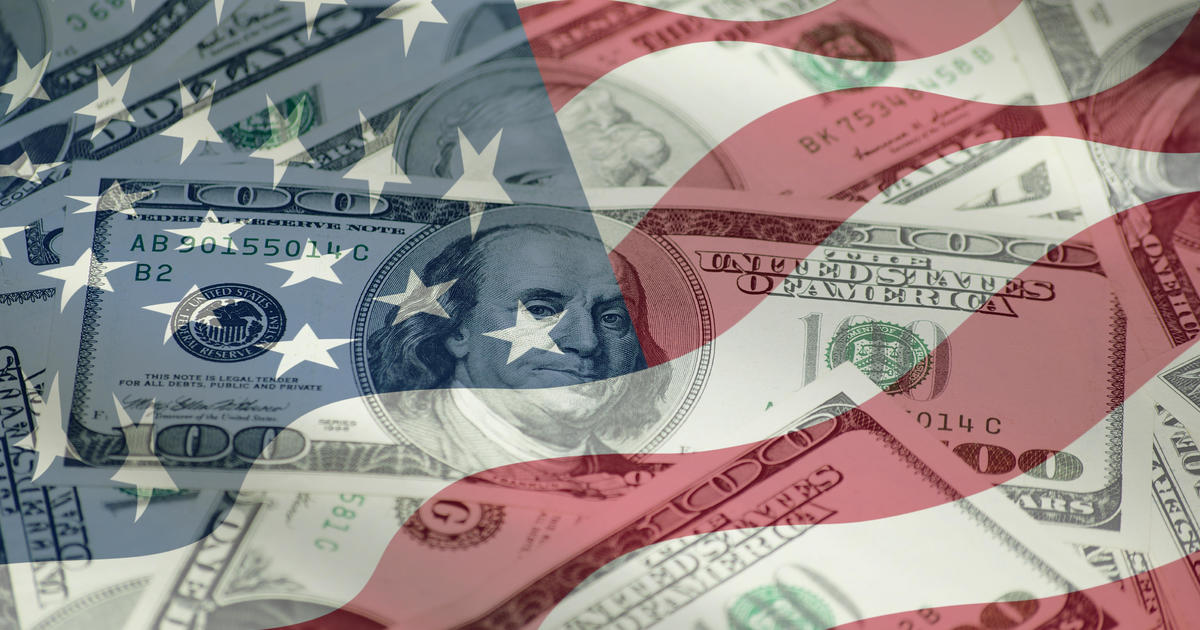The U.S. budget deficit hit an all-time high of $3 trillion for the first 11 months of this budget year, the Treasury Department said Friday.
The sea of red ink is a product of the government’s massive spending to try to cushion the impact of a coronavirus-fueled recession that has cost millions of jobs.
The deficit from October through August is more than double the previous 11-month record of $1.37 billion set in 2009. At that time the government was spending large sums to get out of the Great Recession triggered by the 2008 financial crisis.
With one month to go in the 2020 budget year, which ends September 30, the deficit could go even higher. The Congressional Budget Office is forecasting the deficit this year will hit a record $3.3 trillion. However, the government often runs surpluses in September so it is possible the final figure for this year could come in just under $3 trillion.
“While we expect policymakers to enact another fiscal relief package, it won’t come soon enough to have an impact on this year’s deficit,” Nancy Vanden Houten of Oxford Economics said in a research note.
That would still put the deficit well above last year’s imbalance of $984 billion. The previous record deficit for a fiscal year was $1.4 trillion in 2009 in the aftermath of the financial crisis.
Boost in unemployment benefits
Congress has passed a series of relief bills totaling nearly $3 trillion that provided support such as a $600-a-week boost in unemployment benefits, up to $1,200 in payments to individuals, and aid for small businesses trying to retain their workers.
However, many of the support programs ended in early August and efforts to approve another measure to restore the expired programs have so far failed in Congress. That has raised concerns among economists that with so many people still out of work and so many businesses struggling to re-open, the economic recovery could wither by late this year.
After declining sharply in May and June, the number of Americans filing for weekly unemployment benefits has remained steady at more than 800,000 in recent weeks.
“The labor recovery still has a long way to go given filings remain historically elevated,” Bank of America economists told investors in a new report. They also said Congress is unlikely to pass another round of fiscal stimulus before the election, “creating a speed bump for the recovery.”
Debt may exceed GDP in 2021
The CBO is forecasting that by the end of this year, the amount of government debt will equal 98% of the total economy and then next year it will exceed 100% of gross domestic product, the economy’s total output of goods and services. That’s a level not seen since the huge government debt buildup in the 1940s to pay for fighting World War II.
By comparison, the debt held by the public totaled 79% of GDP at the end of 2019 and stood at 35% of GDP in 2007 before the Great Recession.
Even with huge amounts of debt being added, the government’s interest costs to finance the debt are actually down 10% this year to $484 billion compared to what the government spent on interest payments last year. Treasury officials said the lower figure is due to lower interest rates this year as the country went into recession.
Through August of this year, tax revenue totaled $3.05 trillion, 1.3% below the same period last year. Spending totaled roughly $6 trillion, up from $4.16 trillion for the same period last year.
